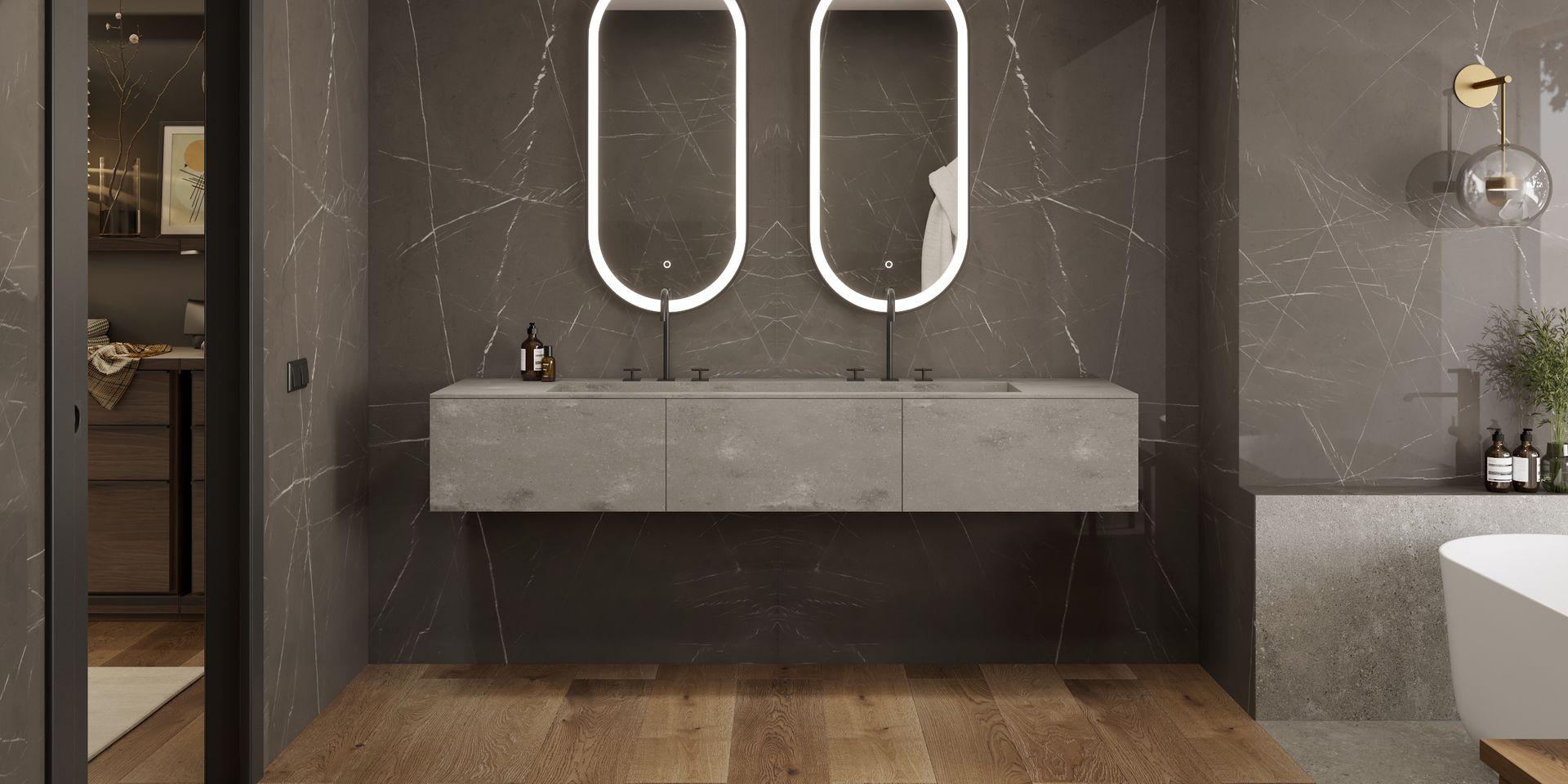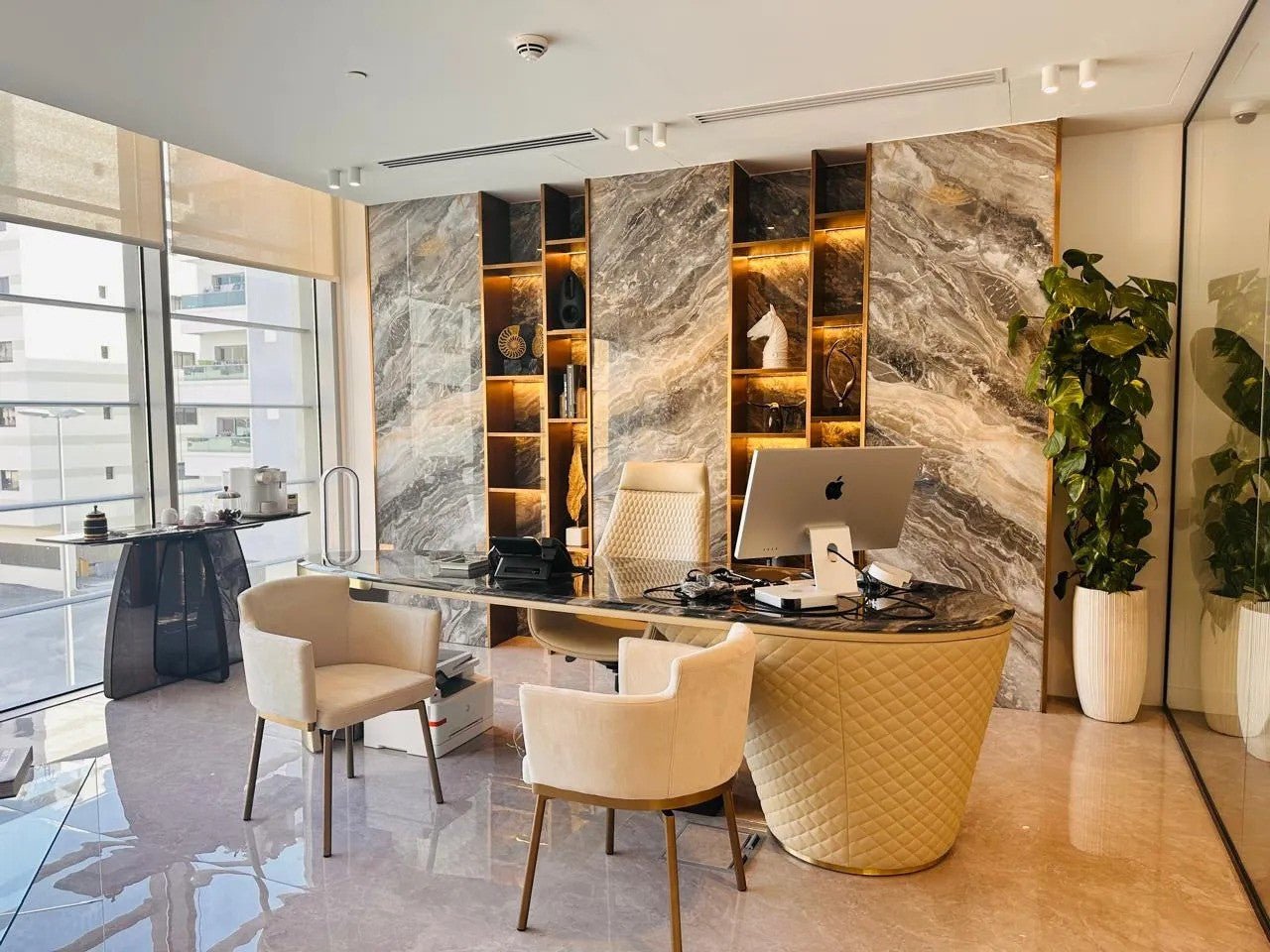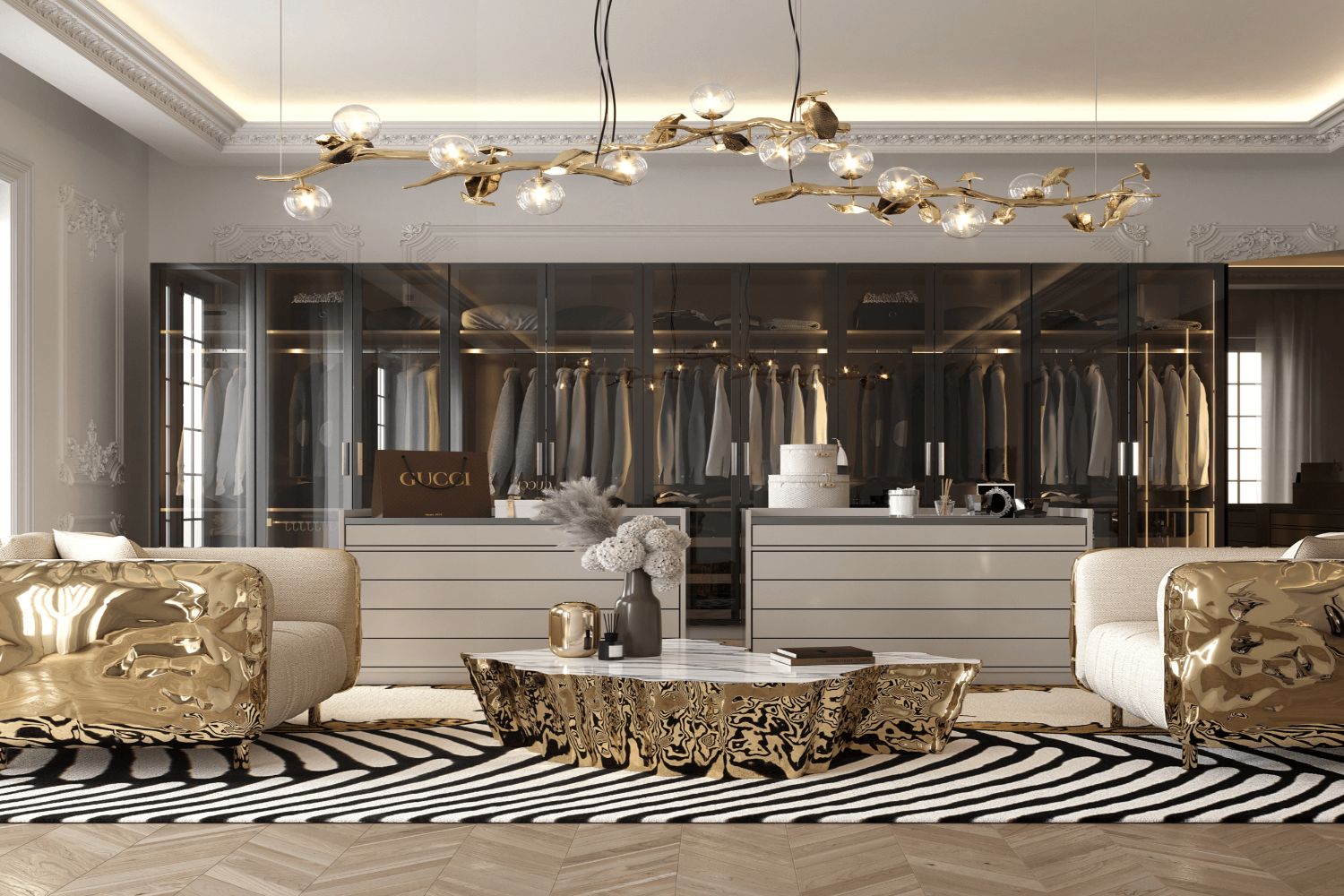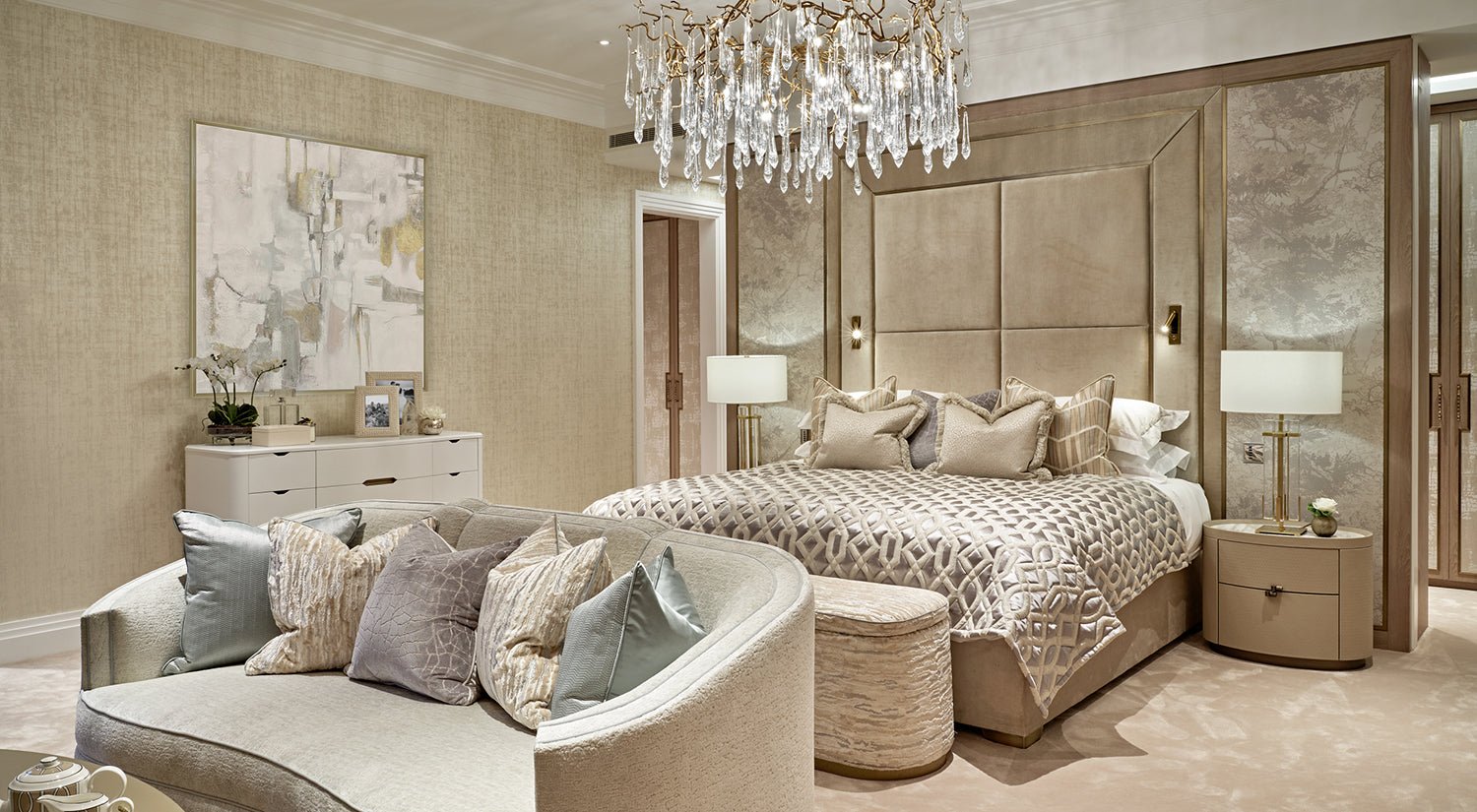Sustainability is more than just a trend—it’s a lifestyle choice that’s becoming increasingly important. By merging beautiful design with eco-friendly materials, we can create stylish living spaces that also minimize our environmental impact. While sustainability in home design is often associated with things like energy-efficient lighting or water-saving fixtures, the materials you use in your bathroom play a significant role too.
Your bathroom may not be the first place you think of when designing with sustainability in mind, but the choices you make can have a huge impact. At Elsa Home & Beauty, sustainability is at the heart of what we do, and we’re excited to share our tips for creating a bathroom that’s both beautiful and eco-conscious. From durable bathtubs to timeless faucets, here’s how to incorporate recycled and sustainable materials into your bathroom.
Why Sustainability Matters for Your Bathroom
Choosing sustainable materials for your bathroom isn’t just about saving energy today—it’s about ensuring that future generations have access to the same natural resources that we cherish. When we choose eco-friendly materials, we’re helping preserve the environment for years to come.
Using sustainable and recycled materials can drastically reduce the environmental impact of producing new items. Not only does this help conserve valuable resources like water and energy, but many eco-conscious choices are incredibly durable. In fact, these long-lasting materials can help you save money over time by reducing the need for frequent replacements and repairs.
Designing a Bathroom with Recycled and Sustainable Materials
Whether you’re after recycled materials or durable, long-lasting fixtures, there are plenty of ways to elevate your bathroom design while staying mindful of the environment. Here are some suggestions for incorporating sustainable design elements into your bathroom.
1. Choose Durable, Long-Lasting Materials
Selecting materials that stand the test of time is a fantastic way to create a more sustainable bathroom. High-quality options like Corian and marble not only enhance the aesthetic of your space but also reduce waste over time due to their longevity.
Corian, a versatile non-porous surface, is easy to maintain and repair, making it an excellent eco-friendly choice for countertops, sinks, and showers. Its durability means fewer replacements, which makes it a sustainable choice for your bathroom.
Marble, with its timeless beauty, can last for generations when properly cared for. Sourcing marble from ethical quarries further enhances its sustainability. Whether you envision a luxurious marble bathtub or a sleek marble sink, this material will add elegance to your bathroom while maintaining eco-conscious values.

2. Opt for Timeless Fixtures and Fittings
One of the best ways to ensure sustainability in your bathroom design is to avoid trendy items that will require replacement in a few years. Instead, focus on timeless fixtures and fittings that will remain stylish for decades.
Look for minimalist designs or neutral finishes, like matte black, brushed nickel, or chrome, which stay in style over time. For instance, a matte black Coal Deck-Mounted Single Lever Washbasin Tap or a chrome Linea Deck Mounted Monobloc Basin Tap are classic choices that can complement any design. These timeless pieces reduce the need for frequent updates and are versatile enough to fit into various design trends.
3. Consider Recycled Bathroom Furniture
Recycled furniture isn’t just eco-friendly—it can also add a unique character to your bathroom. Reclaimed wood, repurposed metals, and recycled plastics can be transformed into stunning bathroom furniture pieces.
Whether you’re drawn to the warmth of reclaimed wood or the industrial charm of repurposed metals, using recycled materials for your bathroom furniture not only contributes to sustainability but also creates a one-of-a-kind look that will stand out. This is a perfect option if you love an eclectic or rustic aesthetic.

4. Upcycle Old Bathroom Pieces
Upcycling is a creative and sustainable way to personalize your bathroom while reducing waste. Instead of buying new, repurpose old furniture, vintage mirrors, or antique fixtures to create unique additions to your space.
For example, an old dresser can be transformed into a bathroom vanity, or you could refresh vintage shelves and light fixtures with a coat of paint. Thrift stores, antique shops, and even your own home are great places to find pieces that can be updated and reused. If you don’t have the time or skills to refinish them yourself, consider working with a designer or artist to bring your pieces back to life.
Additional Tips for an Eco-Friendly Bathroom
While selecting sustainable materials is a crucial step in creating an eco-friendly bathroom, there are other ways you can reduce your bathroom’s environmental impact. Consider these additional tips:
-
Install water-efficient fixtures: Low-flow showerheads, faucets, and toilets can significantly reduce water consumption.
-
Check for draughts: Ensuring your bathroom is properly sealed can help save energy by maintaining a stable temperature.
-
Switch to energy-efficient lighting: LED lights use less power and last longer, reducing the need for frequent bulb replacements.
Final Thoughts
Making eco-friendly choices in your bathroom design is one of the most impactful ways to contribute to a more sustainable future. By integrating recycled materials and durable, long-lasting fixtures, you can create a space that is both stylish and kind to the planet.
If you're ready to start your sustainable bathroom makeover, Elsa Home & Beauty is here to help. With decades of experience in luxury bathroom design, we’re committed to providing high-quality, eco-conscious materials and fixtures that bring your dream bathroom to life. Reach out to us today, or explore our Design Journal for more inspiration and expert guidance.





